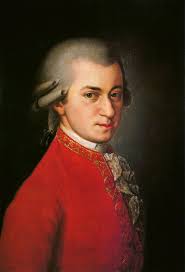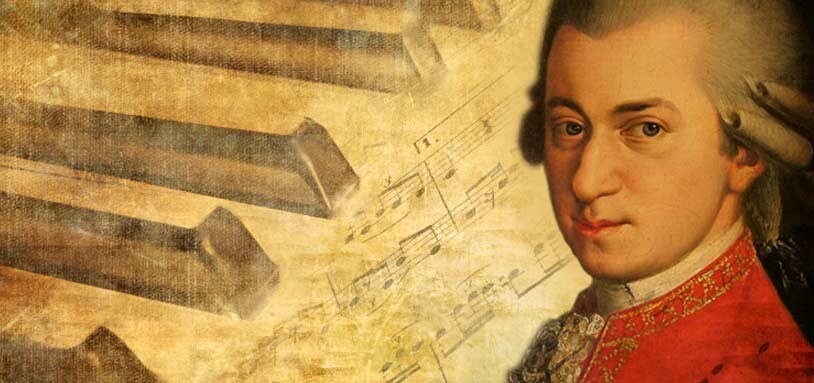The Marriage of Figaro (Le nozze di Figaro) is one of Wolfgang Amadeus Mozart’s most celebrated operas, a masterpiece of musical and dramatic genius. Composed in 1786, it is based on Pierre Beaumarchais’ play La Folle Journée, ou Le Mariage de Figaro, which was considered controversial at the time for its satirical take on aristocracy and social hierarchy. Despite its contentious origins, Mozart and his librettist Lorenzo Da Ponte crafted an opera that remains a cornerstone of the operatic repertoire.
Background and Source Material
Beaumarchais’ play, written in 1778 and first performed in 1784, was the second in a trilogy that began with The Barber of Seville and concluded with The Guilty Mother. The play was initially banned in Vienna by Emperor Joseph II due to its criticism of the nobility and its revolutionary themes. However, Da Ponte skillfully adapted it into an opera libretto that toned down its political overtones while maintaining its comedic brilliance and social commentary.
Composition and Premiere
Mozart composed The Marriage of Figaro in 1785–1786, demonstrating his remarkable ability to blend intricate music with deep character development. The opera premiered at the Burgtheater in Vienna on May 1, 1786, conducted by Mozart himself. The reception was enthusiastic, though some members of the aristocracy were uneasy about its themes. It was particularly well-received in Prague, where it became immensely popular and led to a commission for Don Giovanni in 1787.
Musical and Dramatic Innovations
Mozart’s score for The Marriage of Figaro showcases his unparalleled ability to convey emotions through music. The opera is structured in four acts and features a seamless flow between recitative, arias, duets, and ensemble numbers, creating a dynamic and engaging narrative. Highlights include Figaro’s spirited “Se vuol ballare,” Susanna’s elegant “Deh, vieni, non tardar,” and the Countess’ poignant “Dove sono.” The famous Act II finale is a brilliant example of Mozart’s ability to build dramatic tension through layered ensembles.
Impact and Legacy
Despite initial controversy, The Marriage of Figaro quickly gained recognition as one of the greatest operas ever written. It remains a staple in opera houses worldwide, beloved for its witty plot, rich characterizations, and exquisite music. The opera’s themes of love, deception, and social change continue to resonate with audiences, making it a timeless work of art.
With its perfect balance of humor and humanity, The Marriage of Figaro stands as a testament to Mozart’s genius and the enduring power of opera. Its influence can be seen in later operatic works and continues to inspire musicians, directors, and audiences alike.


No responses yet